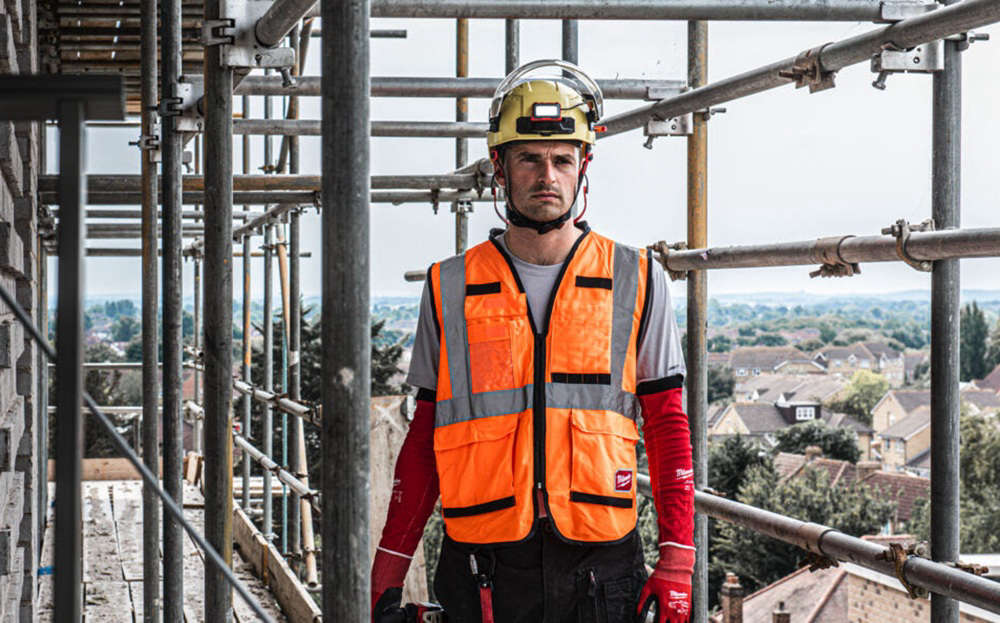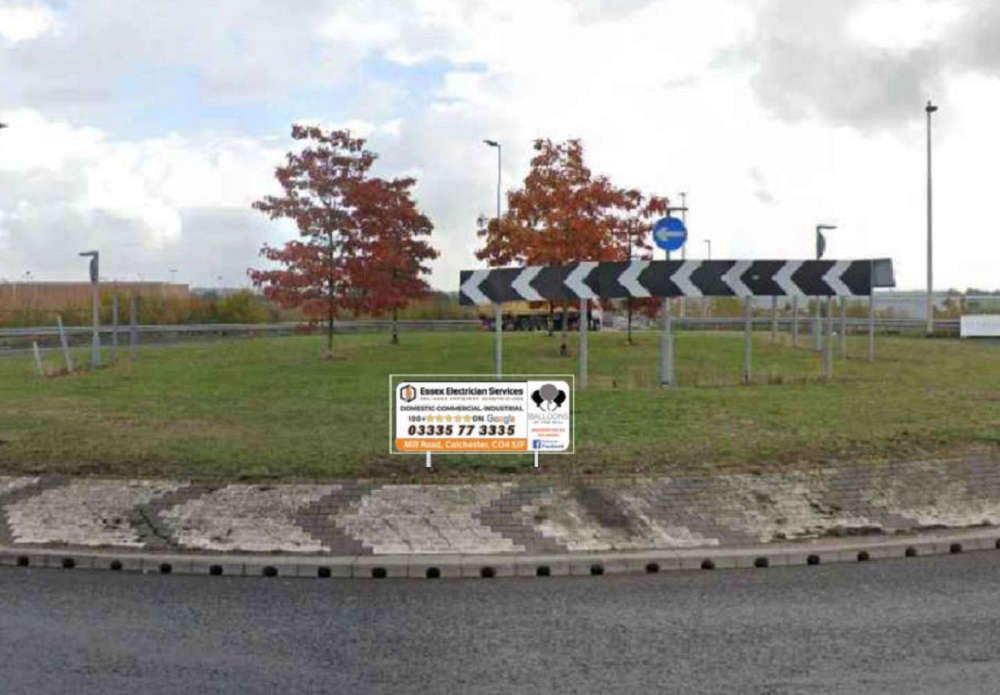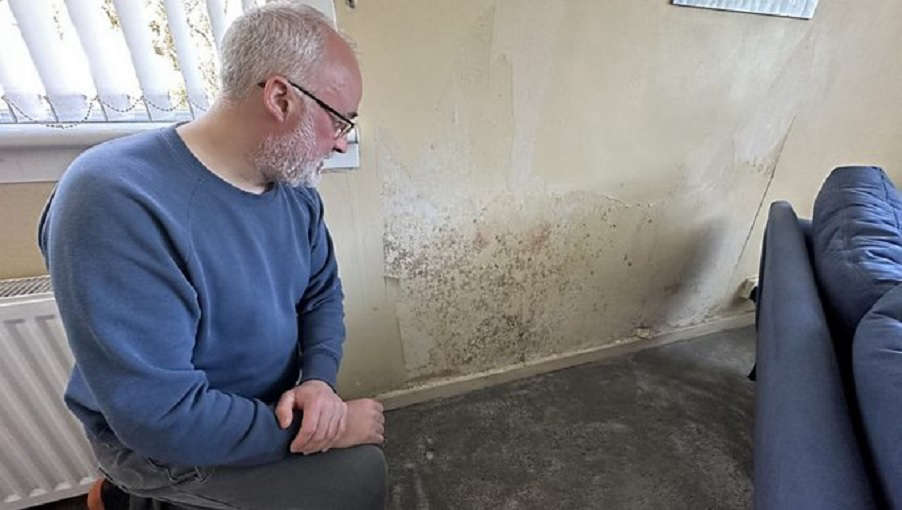

Poor practices and equipment still endanger construction workers
Posted: Thursday, February 6th, 2025

A new report from a manufacturer of power tools, accessories and hand tools, Milwaukee, found that risk remains unacceptably high on European construction sites, harming workers, employers and the wider sector. The report, ‘Building a Safer Future,’ draws on a specially commissioned Europewide poll of 3,200 construction professionals. It identifies that only around a third (37%) feel safe when workers are on site. This is hardly surprising in an industry long regarded as the Continent’s most dangerous. Experience supports this claim, with more than half (52%) of construction workers reporting at least 1-5 accidents over their careers and a notable minority of 200 respondents claiming to have had more than 10. The findings across 14 countries reveal a consistent pattern: workers arrive at their sites each day with the fear that today could be the day a major incident occurs. The most common of these are working at heights (50%), objects falling from height (42%), slips and trips (41%), and faulty tools and equipment (37%). Indeed, while ‘faulty tools and equipment’ isn’t the highest-ranked risk, it’s a key factor that amplifies other top hazards like slips, trips, and falls; making it a root cause of unsafe sites that demands immediate attention. This insecurity has helped create a worrying situation damaging worker health, well-being, and productivity. The impact then cascades to employers and projects, leading to delays, serious injuries, and even fatalities. Nowhere is this lack of confidence more visible than in the harmful practice of ‘self-modification’ of tools, gear, and equipment, which is endemic across Europe’s construction sites. Almost half of the sampled respondents (47%) stated they had altered or enhanced gear they perceived as inadequate to help them do the job. This highlights a need for a broader discussion on education and skills, as noted in the Report, which found that less than half (42%) receive ‘lots of training’. Many workers receive the basics of tools, equipment, and PPE, but this training is sometimes incomplete, leaving them without full knowledge of proper procedures, another avoidable risk. The report identifies that whilst persistent levels of fear and insecurity are unacceptable, they are almost always avoidable, and construction businesses can help address the situation. When asked what measures could be taken to protect workers on-site, the most popular response was ‘providing better tools and equipment, with more safety functions’ (54%). This was closely followed by the ‘supply of better quality and more comfortable PPE (48%) and ‘increasing training and guidance around the correct use of tools on-site’ (42%).
Trending Stories
-
 Being a plumber, electrician and gardener is the best way to stop AI taking your job
Being a plumber, electrician and gardener is the best way to stop AI taking your job
If you want to avoid artificial intelligence taking over your job in the future, learn a trade
-
 Essex electrician has roundabout signs rejected
Essex electrician has roundabout signs rejected
A sparkie’s bid to sponsor signs on two roundabouts has been refused by planning chiefs who described them as “clutter”
-
 Barbie caused a ‘worldwide’ shortage of pink paint
Barbie caused a ‘worldwide’ shortage of pink paint
Barbie needed so much fluorescent pink paint that it caused a worldwide supply shortage for an entire company
-
 Builders find body of man murdered in the 1960s and buried in back garden
Builders find body of man murdered in the 1960s and buried in back garden
A woman who bought a South London house was left horrified after builders discovered the body of a man murdered in the 1960s and buried in her garden 14 months after she moved in
-
 'Government insulation scheme ruined my home'
'Government insulation scheme ruined my home'
A home-owner said his flat has been ruined by black mould caused by a government "green" insulation schem
Comments
Add a comment